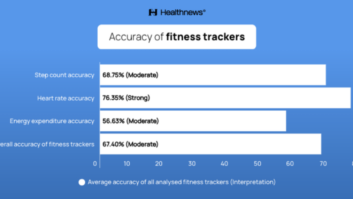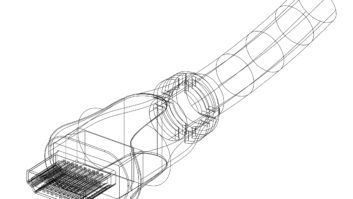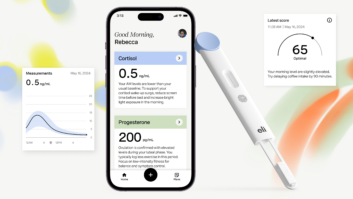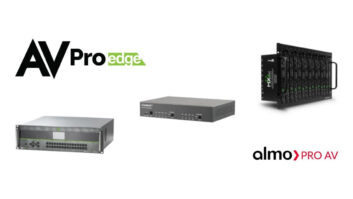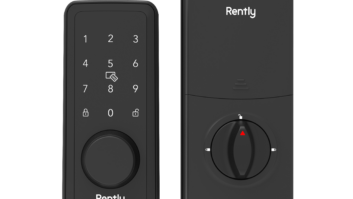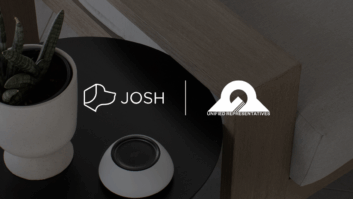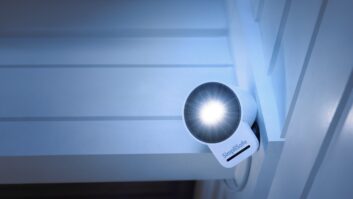San Diego – The Consumer Electronics Association (CEA) is
putting the spotlight on the emerging health and fitness market during its
annual Fall Forum, which is being held here at the Manchester Grand Hyatt this
week.
The Forum gave much of its programming attention to this category,
bringing attendees up to date on potential opportunities for CE manufacturers
and retailers. The focus on health and fitness is in keeping with the CEA’s
mantra to “grow the industry” and the expected 2012 International CES focus on
the category.
While some in the industry have dabbled in the past with
handheld health or fitness products that can be bought over the counter without
prescriptions or insurance coverage in recent years, the biomedical industry is
taking wireless technology and designing apps or smartphone accessories to
monitor existing conditions or even heart and respiration readings wirelessly
to health care professionals.
As one Forum speaker said this week, “Patients don’t have to
be patient anymore.” They will be able to take an active role in their own
health care with these new devices based on existing CE technology.
In a lunch keynote on Oct. 24, Don Jones, wireless health,
global strategy and market development VP for Qualcomm, hosted a panel outlining
some of the technology available today. He said wireless technology is
“redefining health care management” and taking “passive health care” of going
to the doctor when you have a problem to being actively monitored with devices
on your current condition.
For instance, AliveCor has a wireless case that converts
your iPhone, and soon your Android phone, into an electrocardiogram that can
transmit a patient’s readings to a doctor.
According to Dr. David Alpert, CEO of AliveCor, the goal is
to make such monitoring “available and acceptable to all” with “the goal being
to keep patients out of the hospital.” When the product is introduced, Dr.
Alpert said the company has looked at CE products and said it would be sold
“under $100” and may be available here and/or overseas by 2012.
What may hold up the device are FDA regulations and concerns
about the security of medical data being wirelessly transmitted.
Dr. Jonathan C. Javitt, chief financial officer of
, discussed his company’s glucose
meter capable of transmitting a diabetic’s readings to a private web portable
and, if desired, to family members and health care providers. In the near
future it could measure and deliver insulin to the patient, and put the person
in touch with other diabetics to exchange information on treatment, lifestyle
questions, dining out and other activities.
Dr. Javitt, who worked on the legislation that computerized all
U.S. medical records and will be completed later in this decade, said that the
availability of this information will enable devices like these, and many
others, to flourish and cut medical costs.
got
the attention of the CEA audience when mentioned by Jones. The company makes an
advanced fertility monitor. A small patch is placed under the woman’s arm and
can be connected to the online service every few days, monitoring and predicting
fertile days, confirming ovulation and giving as its website claims, “personal
expert advice.”
And wireless health monitoring may be in demand from
consumers, as a
presented by Ben Arnold, CEA research analyst, on Monday afternoon
indicated, but more consumer education is needed to explain what devices are
available now and what may be available in the future.
If consumers want such products, and they provide strong
profit opportunities, the CE industry wants to be there, as Panasonic chief
technology officer Eisuke Tsuyuzaki noted in a panel that
followed the presentation.
He said that Panasonic has identified health care as “a No.
1 or No. 2” priority for future growth.
The challenge will be “to come up with a compelling reason”
for consumers “to buy these products.” He said that this is the “very early
stages” of the development of this market, which is why Panasonic and other
companies must do the planning now.
Tsuyuzaki added that for effective
home health care monitoring devices or systems to be done, “you must develop
standards for Wi-Fi, connected home and data migration” for medical records,
and “we must do it with partnerships.”
Tom Rodgers, a partner with ATV
Capital Investors, who has tracked and helped up-and-coming companies with
ideas for the market, gave practical advice, saying, “There are huge
opportunities, but you have to figure out what market you’re in and what
services you will provide.”
If certain devices are going to be
paid for by insurance, “activity monitors based on lifestyle will cut
[insurance] costs for some. Currently, a vegan who exercises is paying the same
as the couch potato who smokes. That is going to change.”
What is also going to change is
where consumers may buy these devices, according to the CEA’s Arnold. “Doctors
and health care providers may partner with CE retailers” and give consumers
choices on the types of devices and services to buy.
Tsuyuzaki noted, “If you can tell
a consumer you can live well five more years” by using such technologies, “this
can be a wake up-call to monitor chronic [health] conditions.”




